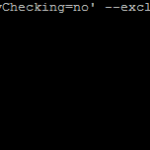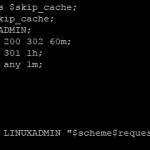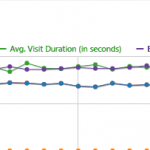Docker is a powerful tool that simplifies the process of creating, deploying, and managing applications within lightweight, portable containers. Installing Docker on CentOS 8 is straightforward, and this guide will walk you through the process step by step.
Prerequisites:
- A CentOS 8 server with root or sudo access.
- An internet connection to download Docker packages.
Step 1: Update Your System
Before installing Docker, ensure your CentOS system is up to date by running the following command:
sudo yum update
Step 2: Install Required Dependencies
Docker requires some dependencies to be installed on CentOS. To do this, use the following command:
sudo yum install -y yum-utils device-mapper-persistent-data lvm2
Step 3: Add Docker Repository
Add the Docker repository to your system using the following command:
sudo yum-config-manager --add-repo https://download.docker.com/linux/centos/docker-ce.repo
Step 4: Install Docker CE
Now, you can install Docker Community Edition (CE) using the following command:
sudo yum install -y docker-ce
Step 5: Start and Enable Docker
Start the Docker service and enable it to start on boot:
sudo systemctl start docker
sudo systemctl enable docker
Step 6: Verify Docker Installation
You can verify the successful installation of Docker by running the following command:
sudo docker --version
This should display the installed Docker version.
Step 7: Test Docker with a Hello World Container
To ensure Docker is working correctly, run a simple “Hello World” container:
sudo docker run hello-world
Docker will pull the “hello-world” image from the Docker Hub and run it in a container. If everything is configured correctly, you will see a message indicating that your installation appears to be working correctly.
Step 8: Managing Docker as a Non-Root User (Optional)
By default, Docker commands require root or sudo privileges. If you’d like to use Docker without sudo, you can add your user to the “docker” group:
sudo usermod -aG docker $USER
Replace $USER with your actual username. After running this command, log out and log back in for the group changes to take effect.
Conclusion
You’ve successfully installed Docker on your CentOS 8 server. Docker is now ready to help you containerize and manage your applications efficiently. Whether you’re deploying web applications, testing software, or running various services, Docker simplifies the process and ensures consistency across different environments. Explore Docker’s extensive ecosystem of containers and images to enhance your development and deployment workflows.



